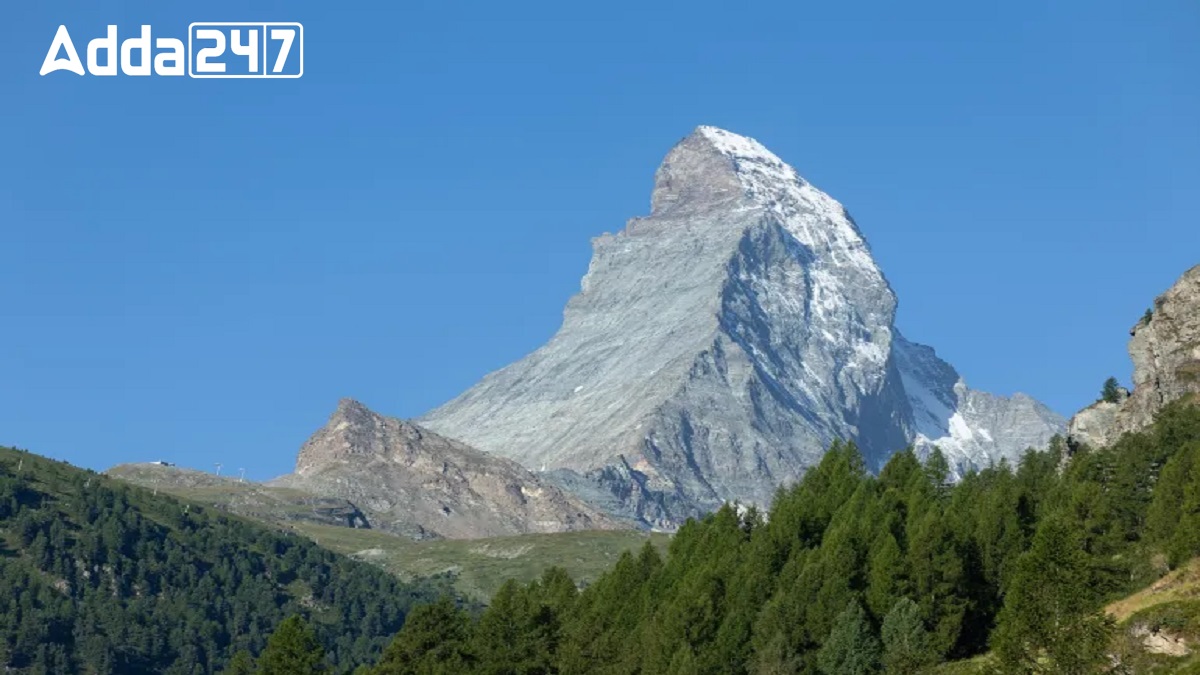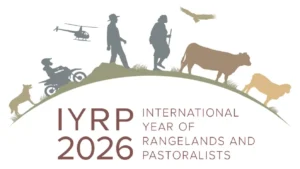The redrawing of borders between Italy and Switzerland is a striking response to the rapid melting of glaciers caused by climate change. As global temperatures rise, glaciers in the Alps are shrinking, leading to shifts in natural watershed lines that have historically defined the frontier between these two countries. This agreement, made official by Switzerland on September 27, 2024, follows a recommendation from a commission formed in 2023 to assess climate impacts on glaciers. Italy is expected to approve the changes soon, which primarily affect regions around the Matterhorn.
A Consequential Thaw
The border change is primarily due to significant glacial melting in the Alps, where ridge lines that once defined national boundaries are now shifting. As glaciers retreat, the highest points of these glaciers are moving, which means that Italy will lose some territory while Switzerland gains it. This shift has economic implications, particularly for tourism-dependent regions, where ski resorts and Alpine sports attract visitors from both countries.
The Broader Context of Climate Change
Europe is experiencing some of the fastest warming in the world, with glaciers losing volume at alarming rates. In 2023 alone, Swiss glaciers recorded a 4% loss of their volume, marking a cumulative decline of 10% over two years. This decline poses risks to water security, ecosystems, and increased natural hazards, not only in the Alps but also globally, with similar phenomena observed in the Hindu Kush Himalaya region.
Glacial Melt and Future Risks
The continued melting of glaciers results in a cycle that exacerbates global warming, as reduced ice cover leads to lower reflectivity and increased temperatures. Predictions indicate that glaciers could lose half their ice volume by 2050, even under optimistic climate scenarios. Innovative solutions, such as geotextiles to reflect sunlight and the Seabed Curtain project in Antarctica, are being explored to combat this ongoing crisis.
Alpine Border: Overview
The Alpine border refers to the national boundaries that traverse the Alpine region, which is characterized by its high mountains, glaciers, and unique ecosystems. This border primarily includes the territories of several European countries, most notably Italy and Switzerland, but also extends to Austria, France, and Germany.
Key Points
1. Geographical Significance
- The Alps are the highest mountain range in Europe, forming a natural barrier between Northern and Southern Europe.
- The region is known for its stunning landscapes, which attract tourists for skiing, hiking, and mountaineering.
2. Historical Context
- The Alpine border has been shaped by historical treaties and conflicts, including post-war agreements.
- Borders in the Alps are often defined by natural features such as mountain ridges, rivers, and lakes.
3. Current Issues
- Climate change is causing glaciers in the Alps to melt at unprecedented rates, leading to shifts in natural watershed lines that define national borders.
- In 2023, Italy and Switzerland agreed to adjust their border due to the impacts of glacial melting under the Matterhorn mountain, illustrating how climate change affects territorial boundaries.
4. Economic Impact
- The Alpine region is economically significant, with tourism being a major driver. Ski resorts and Alpine sports are vital to the economies of bordering countries.
- Changes to borders can impact land management, tourism, and resource allocation between nations.
5. Environmental Concerns
- Glacial retreat is not only a concern for border definitions but also affects water security, ecosystems, and natural hazards.
- Increased glacial melt can lead to natural disasters such as avalanches and flooding, posing risks to human life and infrastructure.
Here’s the table with key points relevant for exams:
| Key Points | Details |
|---|---|
| Why in News | Italy and Switzerland redrew their Alpine borders due to the rapid melting of glaciers caused by climate change. The border change was made official by Switzerland on September 27, 2024. |
| Reason for Border Change | Glacial melting in the Alps, causing shifts in watershed lines that historically defined the border between Italy and Switzerland. |
| Affected Region | Changes primarily affect regions around the Matterhorn. |
| Historical Context | The Alpine border has been shaped by historical treaties and conflicts, with natural features such as mountains defining the border. |
| Climate Change Impact | Europe experiencing rapid warming, with glaciers losing volume. Swiss glaciers recorded a 4% volume loss in 2023, marking a cumulative 10% loss over two years. |
| Economic Impact | Tourism, especially ski resorts and Alpine sports, is economically significant, and border changes may affect land management, tourism, and resource allocation. |
| Environmental Impact | Glacial melt affects water security, ecosystems, and increases natural hazards like avalanches and flooding. |
| Alpine Border Overview | The Alps are the highest mountain range in Europe, acting as a natural barrier between Northern and Southern Europe. |
| Glacial Melt Risks | Predictions suggest glaciers could lose half their ice volume by 2050 under optimistic climate scenarios. |
| Global Context | Similar glacial melting phenomena observed in regions like the Hindu Kush Himalaya. |
| Innovative Solutions | Geotextiles to reflect sunlight and the Seabed Curtain project in Antarctica being explored to combat glacier melt. |




 Keyi Panyor to Become India’s First Bio-...
Keyi Panyor to Become India’s First Bio-...
 U.S. Withdraws from 66 International Org...
U.S. Withdraws from 66 International Org...
 UN Declares 2026 International Year for ...
UN Declares 2026 International Year for ...







